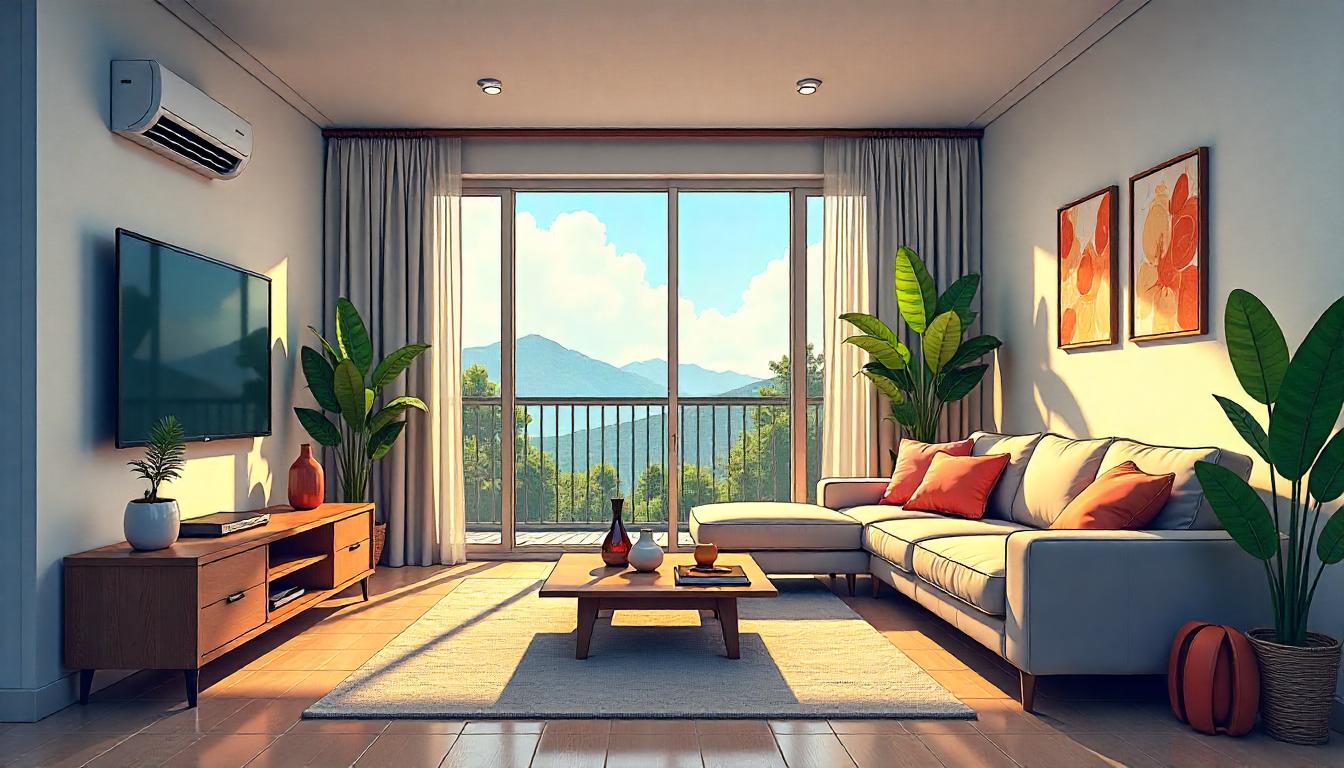
Draining your pool is an important undertaking in pool maintenance that should be done carefully. Before throwing away a large number of gallons of unsanitary water, make sure you understand what you are doing to avoid causing significant damage to your home, neighborhood, or nature at large.
So, while draining your pool is significant, there are certain things that you should consider before playing the train.
Things to watch out
These are some of the things that you should check and ensure are in position before carrying on with the undertaking of draining your pool.
Be sure
The first thing is to be sure that it is necessary to drain your pool. Sometimes deep cleaning of your pool can also be an effective and cheap solution especially when you use a robotic pool cleaner like a Dolphin H50. It uses minimal energy and reduces energy use by the pool pump also does effective pool cleaning. Still, if you feel like to drain your pool then watch out the following things.
Sewage controls
If you are sure that your pool should be emptied, the next stage is to make sure that you are approaching the city’s sewers for your sewage. Draining directly into your garden is impractical for many reasons.
First, pool chemicals are terrible for the earth and pulverize your garden. Lots of water will damage your decks, courtyards, and even your home furnishings, causing major ground damage. Paradoxically, in addition to the fact that you minimize this when draining pools into sewage, you limit waste by returning the water to the city.
Water level
What is your groundwater level and where can you drain a large number of gallons? Do not drain your pool after heavy rainfall because the water table may be too high. That is if you have a pool shell that sits unfilled and the water table is high below, the shell can pop out of the ground. We have seen this in Florida.
Proximity
While emptying your pool, you need to make sure that you sending the water as far as possible from the pool bowl. Try not to drain the water next to your pool, as 20,000 gallons of drained water can make a return to your pool.
The pump or tool
While draining large pools is no joke, it required that you have a proper aid. We prefer using the Hayward pump. In addition to being easy to use, you don’t need to keep an eye on the pump as it empties the pool like you what it is when using the other models.
The process of how to drain the pool with Hayward pump
First, you need to set It up
You Will require at least a 100-foot outlet hose a hose connector, and a hose clamp.
Connect the hose pipe to sewer and pump
First of all, find your sewer drainage pipe and connect it to the pump using a hosepipe. At this point, make sure that the hydrostatic valve is open.
If you are not draining the water into the sewer, make sure the hose pipe is straight and has been extended as far as possible from the pool.
Drop the pump in the shallow end
Begin by immersing the pump into water and it should at the shallow end. Though, it will be changed as the water level drops.
Start draining the water
After each of these steps, you can start draining the water. Monitor the entire process and be ready to end the activity if you notice sudden results.
However, you should remember that there are many types of pools and this method cannot be applied to each of them.
Pools lined with vinyl are more difficult than concrete pools. Due to the fineness of the liner, drainage is an increasingly complex task. In addition, pool walls with a vinyl lining are sometimes not hearty enough to withstand the mass of soil entering from the sides, which leads to breakage.
Conclusion
Draining your pool is an important practice in maintaining your pool. Accordingly, it can good if you do it in the right way. If you find the process challenging look for the service of a technician because an experienced pool maintenance technician can not only improve the likelihood of the procedure going smoothly. But can also help you decide whether it is important at all. When emptying pools, you should hire an expert, both for your real feeling of serenity and for the type of your house and yard.
If you like to read more pool guide check out Thepoolbase Blog.




